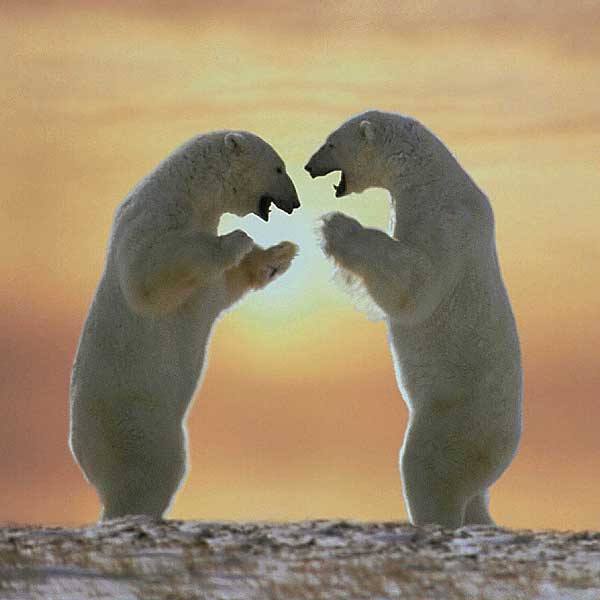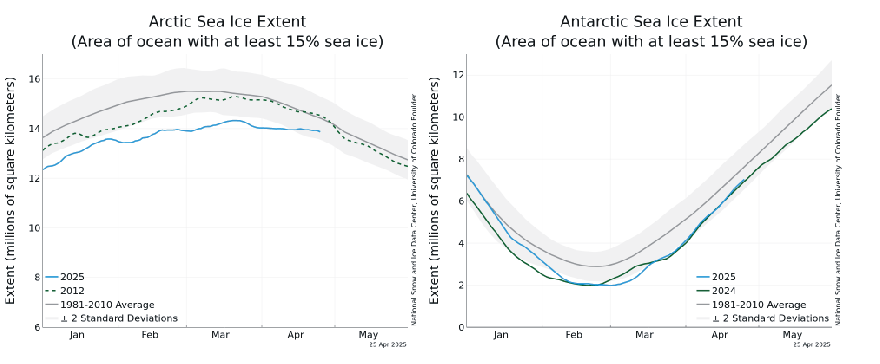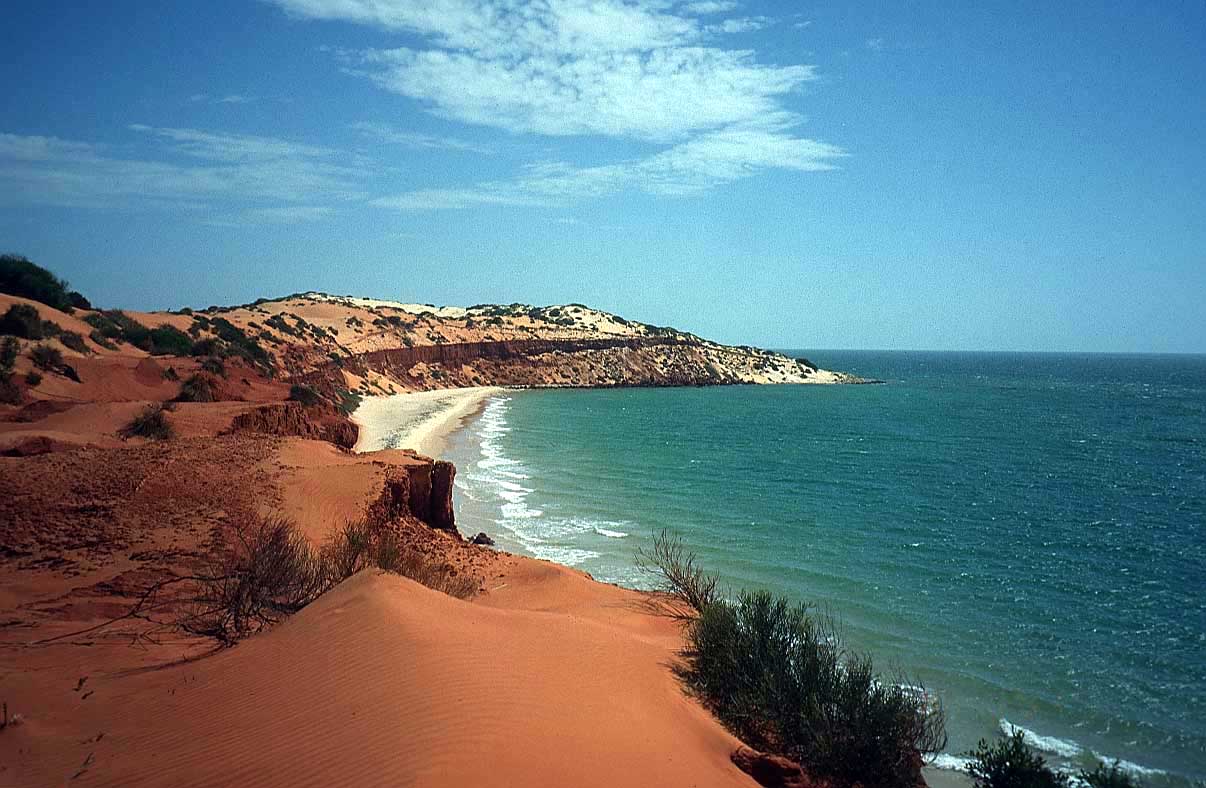
Besides the obvious of what is so bad about increasing fish populations of so many species, I note they don't report any decreasing as they surely would have, had they found any. Is such an important oceanography institute such as Scripps unaware of the PDO? Or did they just choose to leave that bit of information out of the press release, as not being quite so catchy.
Does the actual report explain the PDO influence on ocean temperatures? Please note that in the story they call it climate driven ocean warming without mentioning that this is part of a natural cycle, leaving the impression intended or not that this is man made. If the now negative PDO causes a decrease in fish population, will this too be the result of climate change and wil they then produce another study funded by-?. Or is this all just another example of using the ever popular scare of climate change to scare the heathen humans from reeking haddock uh...havoc on the Earth? Inquiring minds want to know.

FROM-Yuba Net
Via- Tom Nelson
"a significant increase in the population of 25 fish groups from a cold period (1951-1976) to a warm one (1977-1998), "
Dramatic Climate Change-Driven Impacts Documented Across Marine Life Spectrum
Scripps-led study, the first of its kind, finds warming causes shifts in habitats of open-ocean fishes
By: Scripps Institution of Oceanography/UC San Diego
April 30, 2009 - In the first broad study of its kind, scientists at Scripps Institution of Oceanography at UC San Diego and their colleagues have found that the effects of climate change are being felt across a wide ensemble of sea life.
Their report, published in the journal Global Change Biology, describes climate-induced changes ranging from migration pattern alterations to key population shifts.
"This is the first evidence in the ocean that climate change can have dramatic effects on large-scale fisheries ecosystems," said Scripps Professor George Sugihara. "These are some very interesting consequences that people haven't really thought about. These warming events could actually cause a constellation of species that normally don't interact to begin to interact and that could have potentially large effects on what we think ought to be the natural ecosystem."
The study, led by Chih-Hao Hsieh while he was a student at Scripps Oceanography, and who is now at National Taiwan University, is based on data from the California Cooperative Oceanic Fisheries Investigations (CalCOFI), a program based at Scripps that has monitored the marine environment of the California Current for nearly 60 years. Hsieh, Sugihara and their coauthors used the CalCOFI database to decipher the sensitivity of fish habitats in response to climate-driven ocean warming.
To arrive at their results, the researchers studied quantities of larvae for 34 fish groups. Numbers and geographic locations of fish larvae -- a quantity known as "biomass" -- are indicative of the abundance of fish species. They compared that information with physical measurements, including water temperature.
Among their findings, the researchers describe a significant increase in the population of 25 fish groups from a cold period (1951-1976) to a warm one (1977-1998), including species such as dogtooth lampfish, longfin lanternfish, California lanternfish and Panama lightfish.More...
They also found that fish species that typically migrate vertically in the marine water column shifted geographically northward to colder waters, a change that wasn't seen in other fish that don't migrate as such in the water column. The authors speculate this may be because the upper layers of the water column warmed considerably more than deeper levels, leaving the bottom dwellers less impacted. Migrating species would have sensed the warming more readily and moved in response.
The researchers also discovered that groups that typically reside in the far open ocean shifted closer to shore between the cold and warm period, and species that normally reside in coastal areas moved even closer to shore.
"These sensitivities to climate can cause different fish species to start interacting," said Sugihara. "It's almost like seeing ocean invaders come into the coast and these ad hoc mixed ecosystems could potentially have large ecological and commercial consequences down the road."
"Open-ocean fishes that were rarely studied due to their low economic values may in fact provide important clues signifying how marine organisms are responding to climate variations," said Hsieh, now a professor at National Taiwan University. "The interactions found between oceanic and shallow water coastal species also imply that anthropogenic disturbances, for example fishing, could have profound indirect effects on other components of the marine ecosystem."
In addition to Hsieh and Sugihara, coauthors include Hey Jin Kim (Scripps Oceanography and Monterey Bay Aquarium Research Institute), William Watson (Southwest Fisheries Science Center) and Emanuele Di Lorenzo (Scripps graduate now at Georgia Institute of Technology).
The study was funded by NOAA Fisheries and the Environment program, the National Marine Fisheries Service, National Science Council's (Taiwan) Long-term Observation and Research of the East China Sea and National Taiwan Ocean University's Center for Marine Bioscience and Biotechnology






















